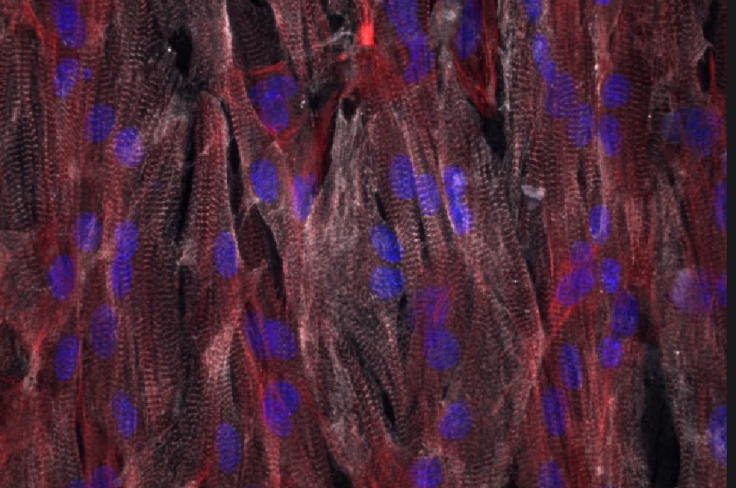Harvard scientists create 1st 3D-printed heart-on-a-chip for research use

Harvard University scientists created a 3D-printed heart-on-a-chip which could collect data on how reliably a heart is beating. It is made of synthetic material designed to mimic the structure and function of native tissue.
The printed organ was not designed to replace defective or failing human organs, however, it could be used for scientific studies, allowing researchers to perform experiments on hearts without the need to use once-living tissue and muscle from animals. The study was published on Tuesday in Nature Materials, Gizmodo reports.
The 3D organs on chips, or microphysiological systems, replicate the function and structure of living human organs. It is made of translucent, flexible polymer which lets researchers replicate biological environments of living organs. The clear chips allow scientists to see the inner-working into how the organs work.
Technology available allows replication of the architecture and function of lungs, hearts, tongues and intestines. Before the development of the 3D heart-on-a-chip, a lung-on-a-chip was developed by the Wyss Institute for Biologically Inspired Engineering of Harvard in June.
The development by Harvard researchers of new materials addresses the problem of manufacturing and retrieving data which could be expensive and time-consuming process, Newatlas notes.
Travis Busbee, co-author of the study, says their approach was to address these two challenges simultaneously by using digital manufacturing. He explains, “By developing new printable inks for multi-material 3D printing, we were able to automate the fabrication process while increasing the complexity of the devices.”






